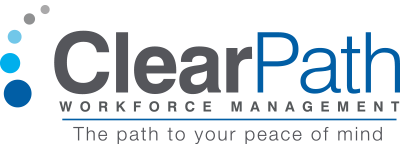Recently, the Federal Department of Labor (DOL) revised the regulations issued under the Fair Labor Standards Act (FLSA) to allow 1.3 million workers to become entitled to overtime. The DOL updated the earnings thresholds necessary to exempt executive, administrative, or professional employees from the FLSA’s minimum wage and overtime pay requirements. Please note that your state might have different regulations that must be followed.
The fact sheet below is a compilation from the DOL about what needs to be done to be compliant with the new rules effective Jan.1, 2020.1 The Department is updating both the minimum weekly standard salary level and the total annual compensation requirement for “highly compensated employees” to reflect growth in wages and salaries. The new thresholds account for growth in employee earnings because the existing enforced thresholds were set in 2004. The Department believes that this update will maintain the traditional purposes of the salary level test and will help employers more readily identify exempt employees.
Key Provisions of the Final Rule
The Final Rule updates the salary and compensation levels needed for workers to be exempt by:
- Raising the “standard salary level” from the currently enforced level of $455 to $684 per week (equivalent to $35,568 per year for a full-year worker);
- Raising the total annual compensation level for “highly compensated employees (HCEs)” from $100,000 to $107,432 per year;
- Allowing employers to use nondiscretionary bonuses and incentive payments (including commissions) that are paid at least annually to satisfy up to 10 percent of the standard salary level, in recognition of evolving pay practices; and
- Revising the special salary levels for workers in U.S. territories and in the motion picture industry.
Additionally, in the future, the Department intends to update the standard salary and HCEs’ total annual compensation levels more regularly through notice-and-comment rulemaking.
ClearPath can help you design a solution pertaining to your contingent workers. We can help relieve this burden by outsourcing your back-office Human Resources and Payroll functions to our Employer of Record service. Contact us to learn more about how our expert personalized service can let you get back to focusing on your business goals. Work with a leader in the industry for outsourced Human Resources and Payroll functions associated with W-2 and 1099 contingent workers. Let ClearPath be the path to your peace of mind. For other questions about assessing your workforce or conducting a review of your current hiring processes, the ClearPath team can assist you.
This blog article is for general information purposes only and does not provide an in-depth review of employment laws. It should not be solely relied upon or substituted for legal or professional advice. Use of the information provided is at your own risk.
Source:
- Written by: Connie Wendt
- Posted on: October 9, 2019
- Tags: EMPLOYER OF RECORD SERVICE, ENGAGING W-2 WORKERS, FORM I-9, FREELANCER, INDEPENDENT CONTRACTOR COMPLIANCE, TEMPORARY WORKER, W-2 Worker Classification, Workforce Classification

